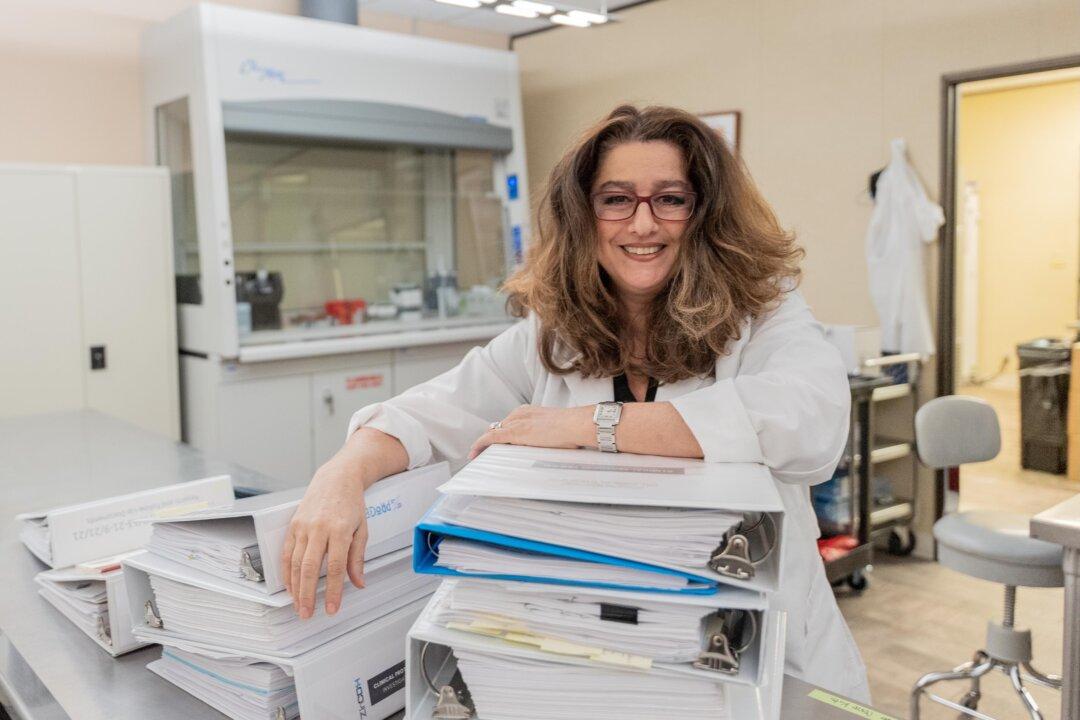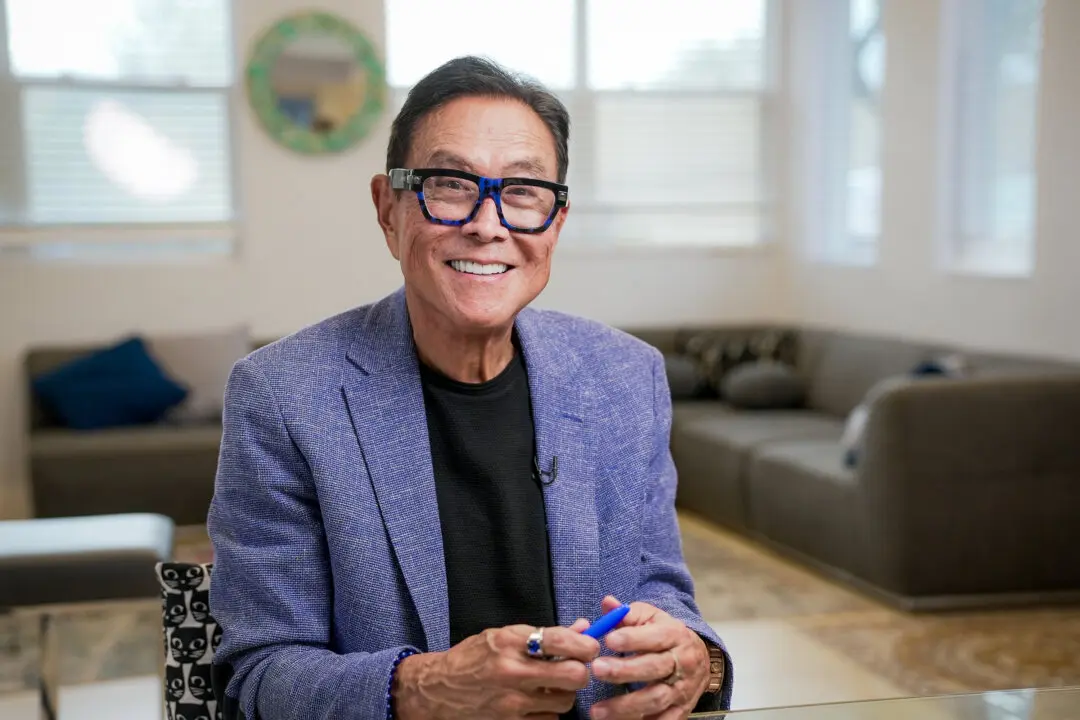“We discovered that people who had severe COVID lacked a certain bacteria called bifidobacteria,” says Dr. Sabine Hazan.
In a recent episode of “American Thought Leaders,” host Jan Jekielek sits down with Dr. Hazan, a gastroenterologist and the CEO of ProgenaBiome.






